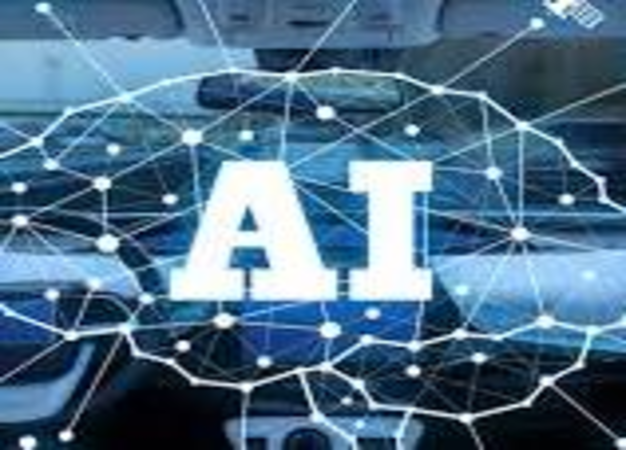IMPACT ON TECH AFTER TRUMPH TARIFF
October 11, 2025
Computer Application Information and Research Institute

The autonomous vehicle is an emerging sector that encourages regulators, consumers and policy makers to understand the needs, problems and applications of AI. Autonomous vehicle refers to a vehicle capable of perceiving its surrounding environment and driving with little or no human driver input. The perception system is a fundamental component which enables the autonomous vehicle to collect data and extract relevant information from the environment to drive safely. By using the self-driving technology, the riders can be roamed to their destinations without using human interaction. In Order to increase the autonomous driving conditions computer vision and deep learning-based approaches are tended to be used. In this paper we have completed a substantial survey on Self Driving Cars and the technologies used in them. This article deals with the involvement of Artificial Intelligence in Autonomous cars and the general benefits acquired by the usage of Machine Learning and Artificial Intelligence in Autonomous Vehicles. Furthermore, we have also reviewed some issues that designers and developers come across in the process of implementation of an autonomous vehicle. Today, AI has numerous uses. AI has increasingly gained importance due to its ability to address various problems in business. AI is making our daily lives more convenient and efficient.
AVs have become a reality today after several years of research and development, however, there are still huge challenges in the design and implementation of autonomous systems. Road and traffic conditions are unpredictable and differ from place to place. Lanes are not clearly defined, there are potholes, mountainous and tunnel routes without clear external signals for direction. The objective of autonomous vehicles is to reduce human error and traffic accidents. Due to the real-world driving environment is high dynamic, autonomous vehicles are not completely risk free. Additionally, the performance of autonomous vehicles is significantly dependent on the varying weather, lightning condition, and road condition. Besides, the behaviors of pedestrians or cyclists are also critical factors that increase the uncertainty of the autonomous vehicles driving environment. To improve the safety of autonomous driving, risk assessment algorithms to safeguard against unpredictable behaviours of intelligent functions and identify potential hazardous events during the real-time autonomous driving operations is an important topic.
Indian roadways are not favourable for self-driving cars as compared to those in the western countries. Indian cities such as Delhi and Mumbai have roads that are congested at all hours of the day. Furthermore, drivers in India do not adhere to traffic regulations. They disregard traffic signals and do not drive in allocated lanes. A self-driving car is not trained to anticipate such reckless and dangerous driving behaviour. There are concerns about the economic viability of launching driverless cars in India, as corporations are concerned about their high research and development (R&D) expenditures and the consequent commercial viability.
According to experts, autonomous, IoT-enabled vehicles have the potential to significantly reduce the number of car accidents. Also, when intelligent machines do the driving, there is no place for human mistakesDespite the challenges, India is in dire need of self-driving cars. Even if the terrible traffic deadlocks and congested roads of India are overlooked, India ranks third in road accident deaths globally.
However, in the next ten years, the production will increase and most will opt for self-driving cars, as the future requirements demand people to buy autonomous vehicles. In terms of the efficiency of AI-driven automobiles, it can be anticipated that AVs support zero-emission, with the majority of vehicles being electric or hybrid . Level 5 autonomous seems impossible as of now. From more than 60 companies that applied for permits in order to test their driverless cars in California, only six were granted permission to test their vehicles without drivers on public roads.
Greetings,
YRCAIRI TECH provides specialized training programs, including:
1) 1-month hands-on project training on TABLEAU,
2) 1-month project training on Data Analytics with Python/Power BI,
3) 3-month training with project on Java Full stack/.Net full stack,
4) 1-month Training on RPA,
5) 4 Hours Training on GIT & GITHUB, and
6) 1-month Training with project on MERN.
KEY FEATURES:
Live Online Sessions, Job Assistance, and Small Batch Sizes of 7-8 students maximum.
This will close in 20 seconds